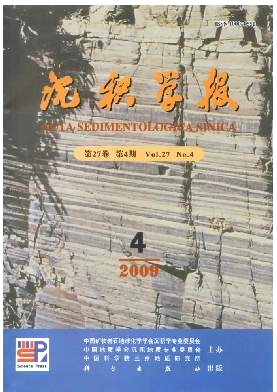Detrital Reservoir Characteristics and Its Controlling Factors in Clastic Reservoir N12 and N22 of Wunan Oilfield , Qaidam Basin
- Received Date: 1900-01-01
- Rev Recd Date: 1900-01-01
- Publish Date: 2009-08-10
-
Key words:
- reservoir characteristics /
- diagenesis /
- porosity and permeability /
- Wunan Oilfield /
- Qaidam Basin
Abstract: Wunan Oilfield is one of the most important oil and gas fields in Qaidam basin. Its exploration since the beginning of 1957. The Nancan2 Well found industrial oil flow after the oil test in 1979. In recent years, in the Lv6 Well, Lv2 Well, Wu3 Well and Wu4 Well and many much wells were found industrial oil flow in the stratum of N12 and N22. This article aims at clastic reservoir characteristics, diagenesis and the factors influencing on the stratum of N12 and N22. Through analyse the data of at least 30 wells, use the sections, scanning electron microscope , element analysis, mercury porosimetry and many other means studies, the result shows that the sandstone reservoir rocktype are feldspar debris sandstone and debris feldspar sandstone in stratum of N12 and N22 Wunan Oilfield. The main diagenesis types include of clay film (ClayCentral),the machinemade compaction, cementation,displacement and dissolution. Thereinto cementation and dissolution is the most important diagenesis in the stratum of N12 and N22 in Wunan Oilfield. Porosity mainly distributed in 8% to 18%, the permeability are mainly distributed in the 0.5×103μm210×103μm2, as the lowporosity and permeability reservoir. The main effect factors of reservoir porosity and permeability include sedimentary facies, diagenesis and structure of reservoir, thereinto, the favorable sedimentary facies are distributary channel and estuary (sandstone and siltite facies), secondly, siltstone facies of distal bar, at last, the reservoir quality of thin sand of the bay is poor.
| Citation: | LIU Dewen. Detrital Reservoir Characteristics and Its Controlling Factors in Clastic Reservoir N12 and N22 of Wunan Oilfield , Qaidam Basin[J]. Acta Sedimentologica Sinica, 2009, 27(4): 657-666. |






 DownLoad:
DownLoad: